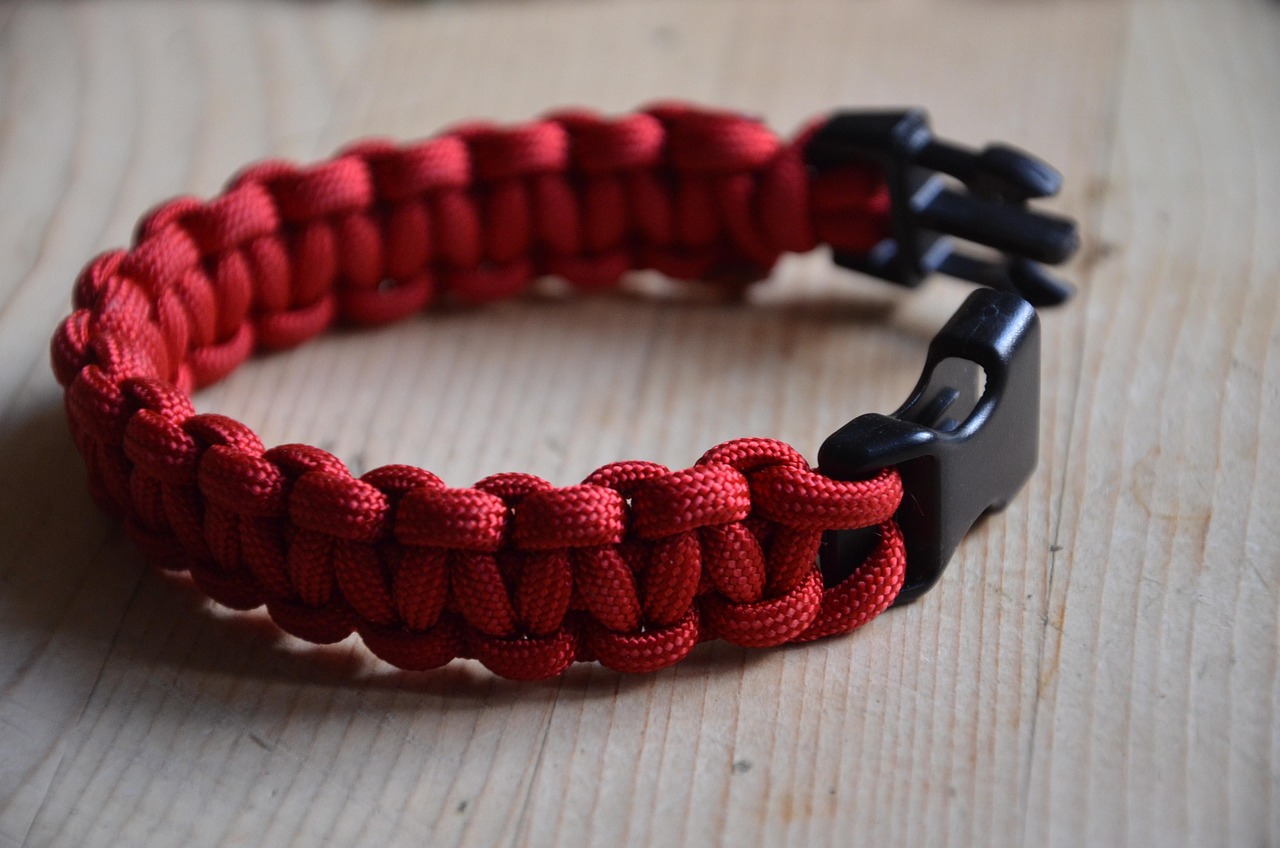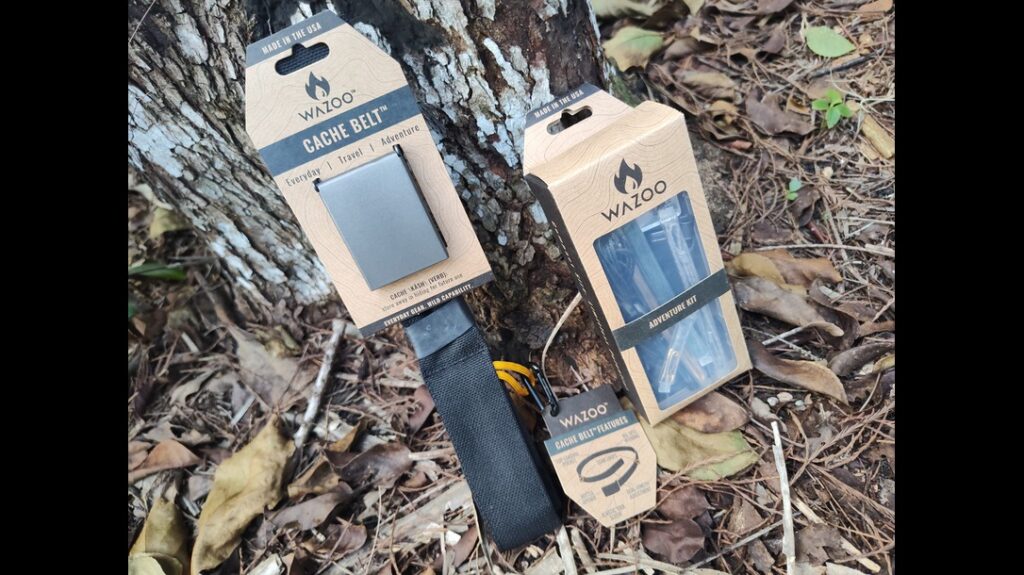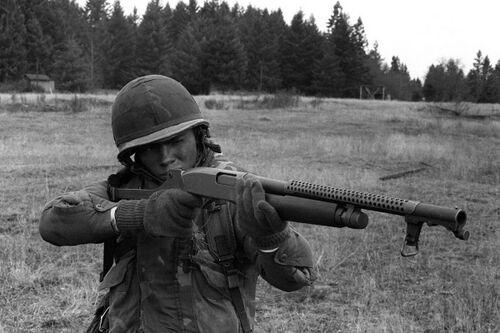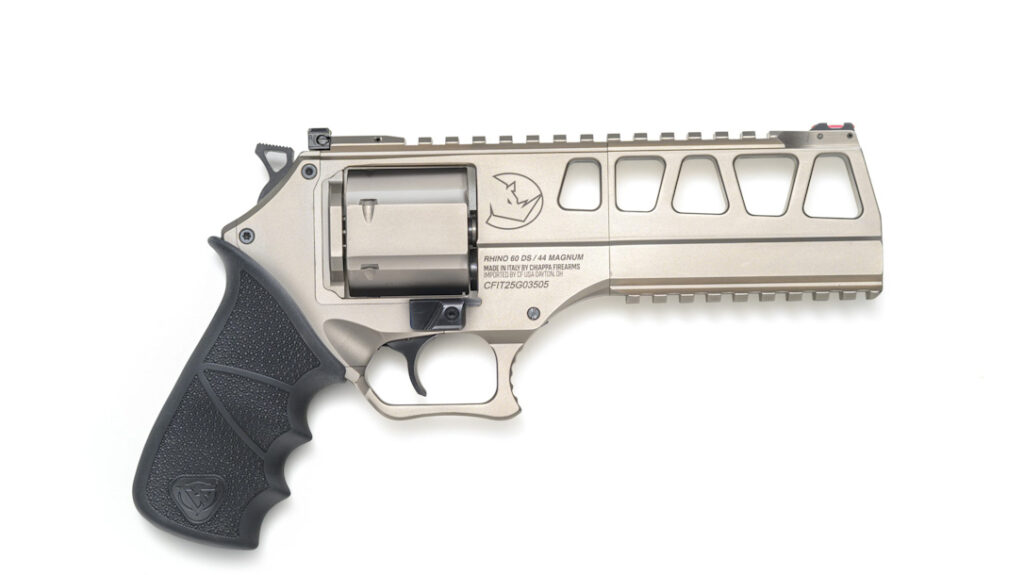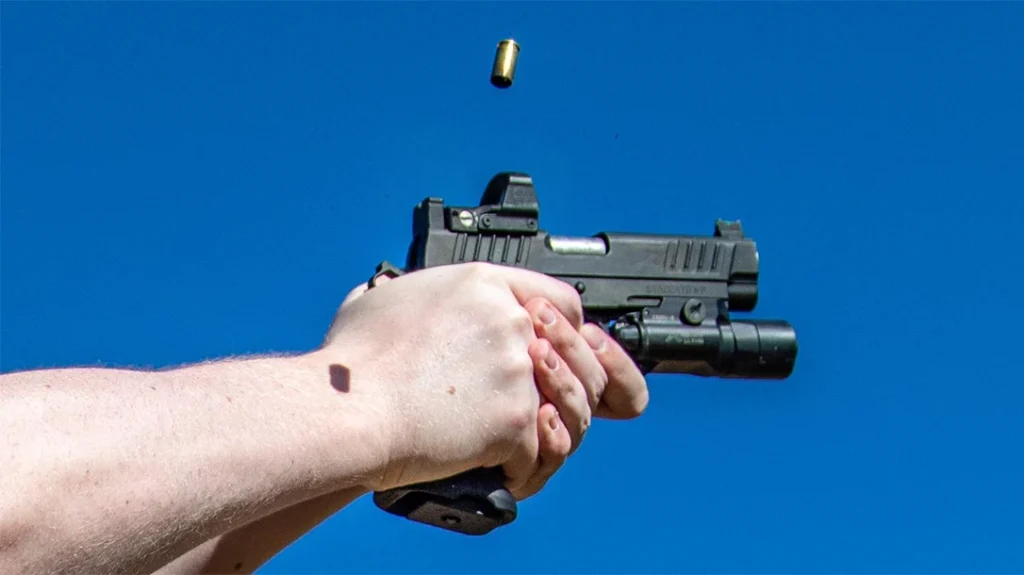Cordage is one of those things that many people tend to overlook when they put together a survival kit. They might toss a hank of paracord in there, but that’s about it. And who knows, that might turn out to be plenty. But many of the available options are so lightweight, it doesn’t hurt to pack a few others that might be useful.
Paracord

This is the old standby. You’ll find this cordage listed in most survival manuals, at least those written in the last few decades. One of the reasons for its popularity is that it is so versatile. It consists of several inner strands that are covered by a shroud.
Advertisement — Continue Reading Below
What this means is that in a pinch, you could separate one or more of those inner strands from a length of paracord. This thinner piece could serve well as fishing line or perhaps a snare. Overall, it’s very strong and easy to work with. If you cut a piece off, melt the ends by holding them near a flame for a few seconds to prevent unraveling.
Kevlar String
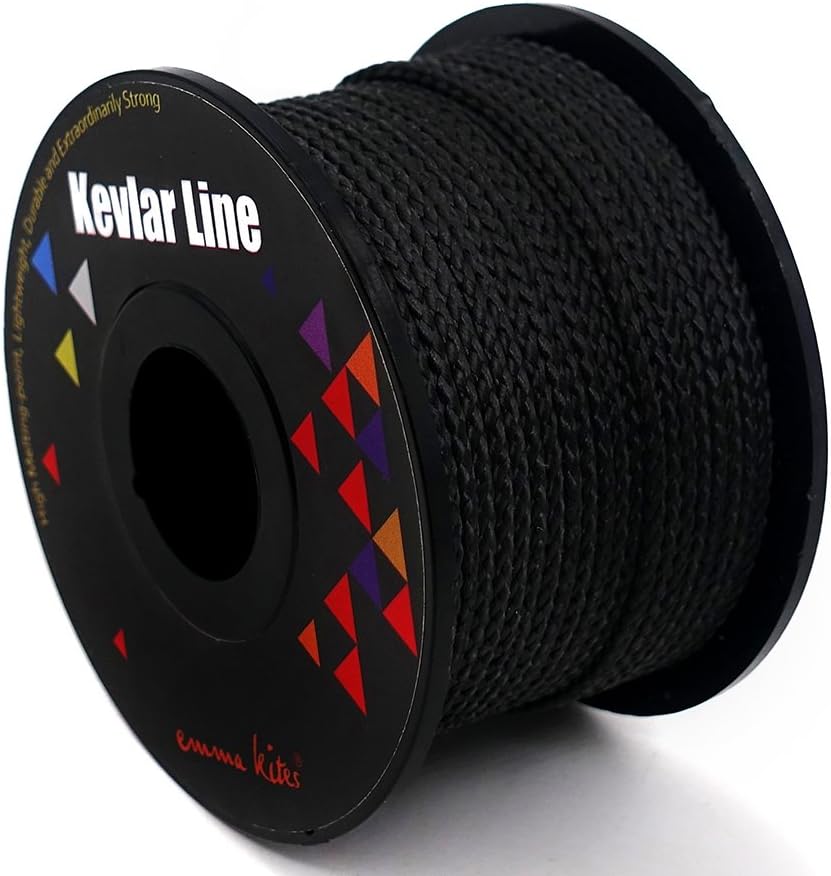
I don’t use this a lot, but I know a few survival instructors swear by it. Look for Kevlar kite string when you’re shopping online. It’s very thin but ridiculously durable. In addition to lashing things together, such as for an expedient shelter, you can use it to saw through plastic pipe and some other materials.
Advertisement — Continue Reading Below
If you have a very sharp knife and hold the string under tension, it isn’t too difficult to cut. Be careful with this stuff, though. A rope burn from Kevlar string isn’t anything you want to experience.
Tarred Bank Line

This cordage comes in a few different sizes or thicknesses. Basically, it’s nylon string that’s been covered in a thin coating of, wait for it, tar. While it sounds messy, it’s stickier than it is anything else. This works in your favor, as it holds knots amazingly well. The tar also makes it water- and weather-resistant, so it’s great for the outdoors.
Advertisement — Continue Reading Below
Braided Fishing Line
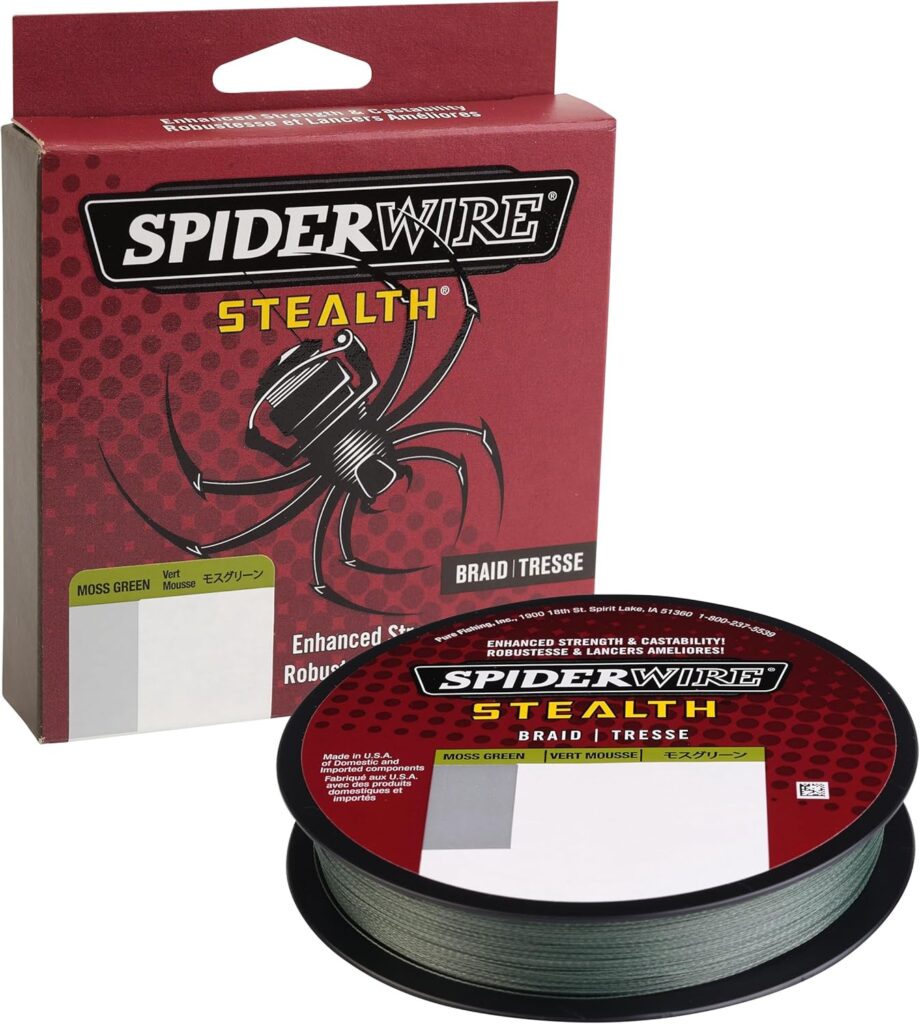
Avoid adding monofilament fishing line to your kit. A better cordage option is braided fishing line. It doesn’t have the memory monofilament does, meaning it won’t be a looped mess when you unspool it. It’s a little more expensive, but it’s definitely worth the cost.
Duct Tape
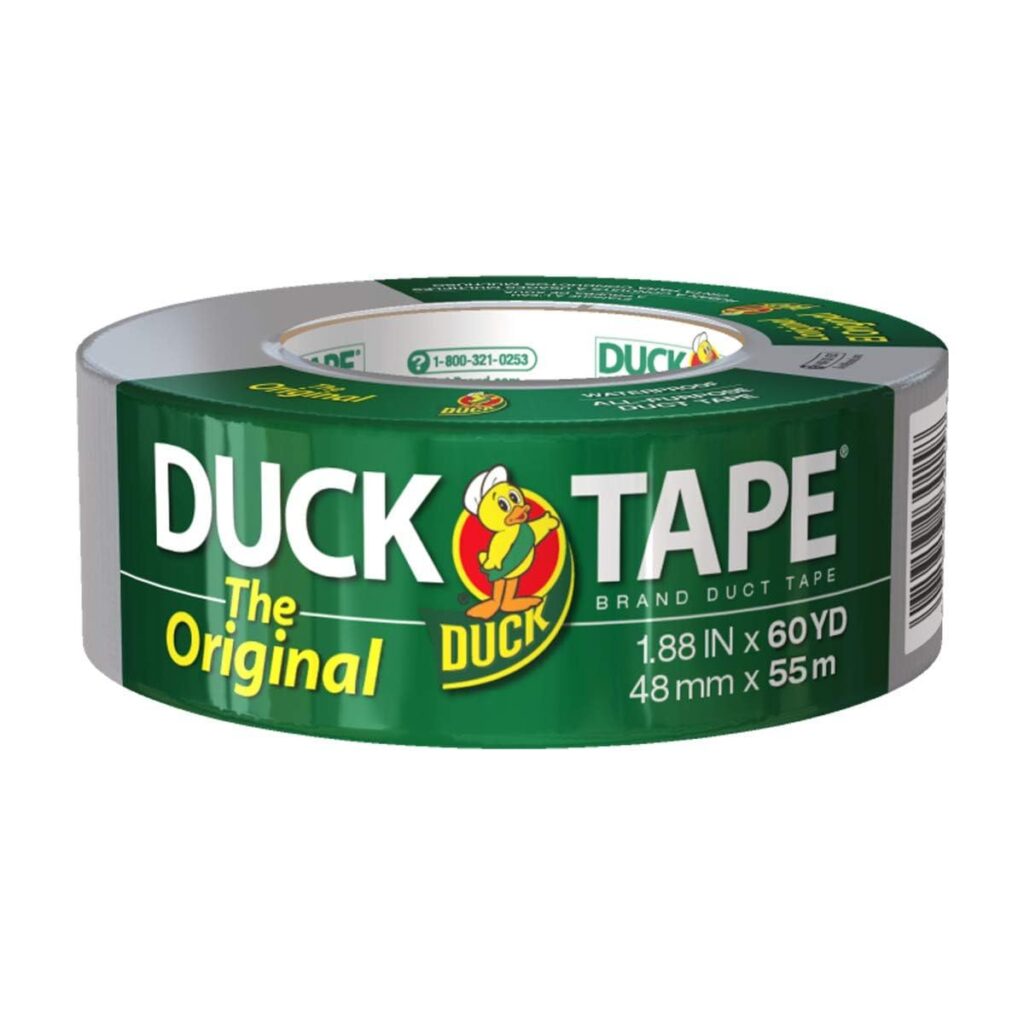
Advertisement — Continue Reading Below
Okay, this might be blurring the definition of cordage just a touch, but duct tape is well-known for its usefulness. In addition to affixing things together and making quick repairs, it can be used as tinder to get a fire going. Be forewarned, you do not want to nudge it with a finger while it’s burning. It will stick to you, and it will hurt quite a lot as you try to unstick it.
A roll of duct tape is bulky and heavy. A better way to carry it is to wrap tape several times around an old gift card. This will keep it flat and ready to use. Incidentally, this is also a good way to pack other types of cordage.
